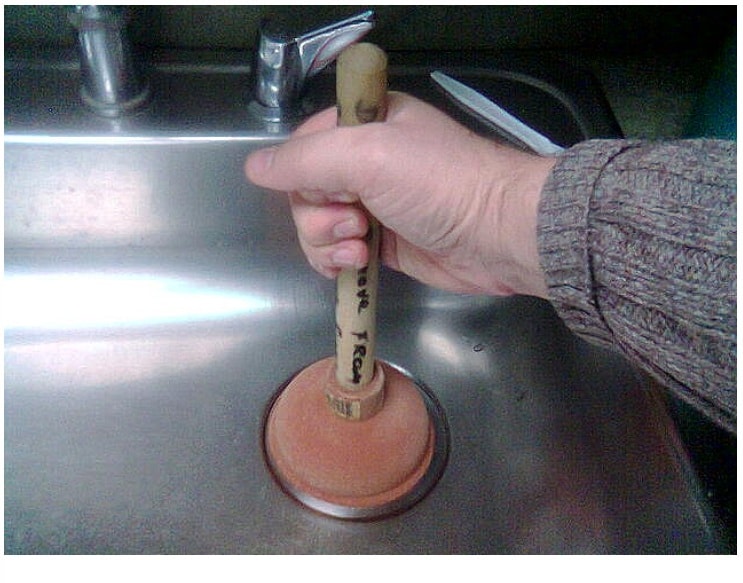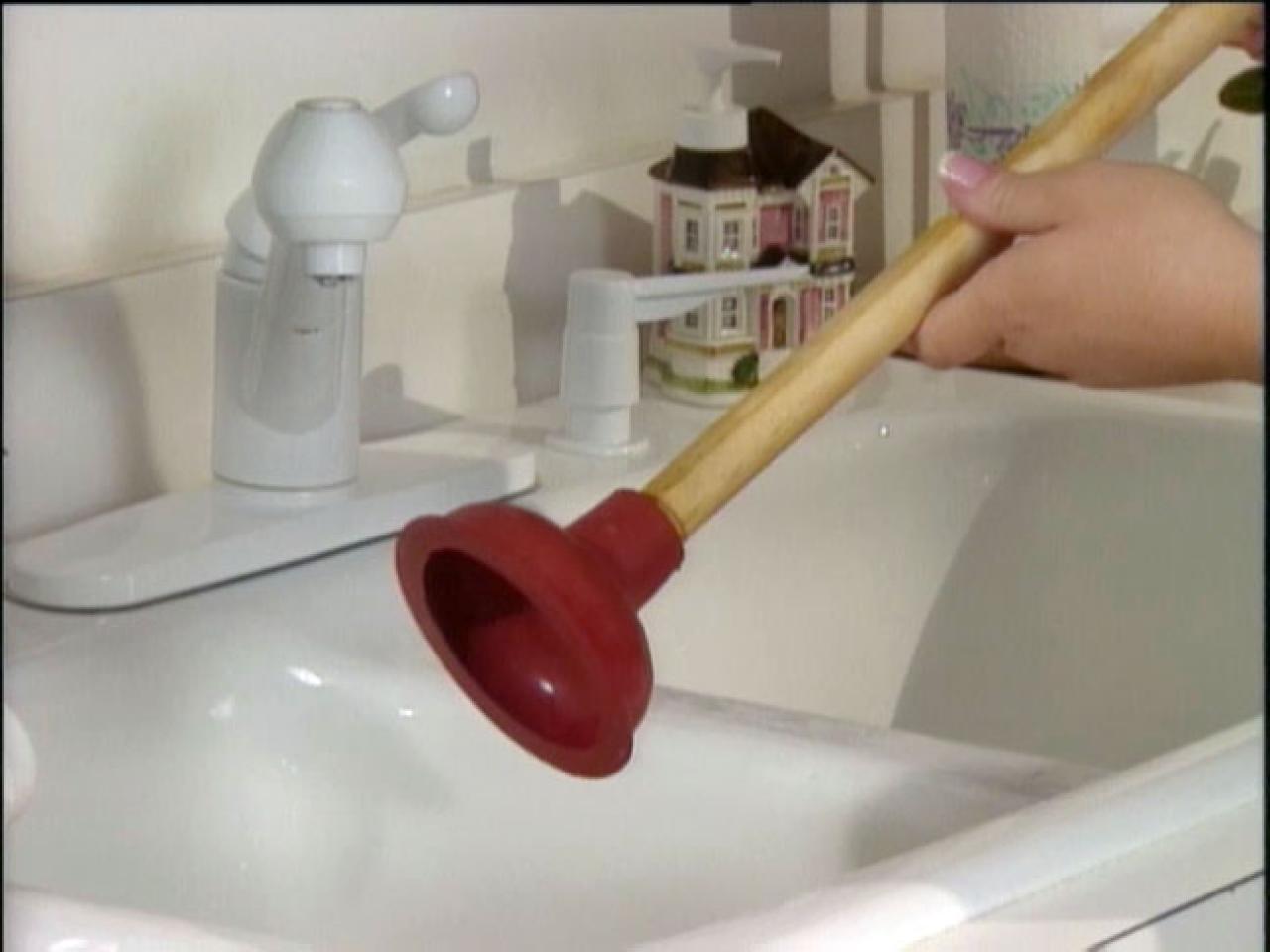Demystifying Kitchen Sink Drain Cleaning: 5 Do-It-Yourself Tips
Demystifying Kitchen Sink Drain Cleaning: 5 Do-It-Yourself Tips
Blog Article
We've found this article involving Fixing Typical Household Plumbing Problems listed below on the web and decided it made sense to discuss it with you over here.

In this article, we will be looking at 5 simple actions you can take to release your cooking area sink from clogs as well as conserve you from the discomfort and humiliation of managing a clogged up kitchen sink.
Clogged kitchen sinks are among one of the most typical water drainage concerns home owners deal with. As well as what's more, it's a unpleasant and very uncomfortable view. Imagine mosting likely to the sink to do your recipes as well as learning that the drain is clogged and also water can not move down quickly.
Most clogged water drainages are brought on by food debris, fat, soap, as well as oil bits. They obstruct the sink and also make it hard for water to drop the drain quickly. While it is tempting to put a call through to the plumbing technicians, there are a couple of DIY hacks you can try initially before making that call.
1. Sodium Bicarbonate and also Vinegar
Rather than making use of any form of chemicals or bleach, this technique is much safer as well as not harmful to you or your sink. Baking soda as well as vinegar are daily house products used for numerous various other points, and also they can do the method to your cooking area sink.
Firstly, get rid of any kind of water that is left in the sink with a mug.
Then put a great quantity of cooking soda down the drain.
Pour in one cup of vinegar.
Seal the water drainage opening and also enable it to go for some mins.
Pour hot water down the drain to dissolve various other stubborn deposit as well as particles.
Following this straightforward approach might work, and you can have your kitchen sink back. Repeat the procedure as long as you deem required to free the sink of this particles totally.
2. Attempt a Plunger
If the trouble is not from the garbage disposal, you can try making use of a bettor. Bettors are conventional residence devices for this occasion, as well as they can can be found in handy if you use them correctly. A flat-bottomed plunger is most appropriate for this, yet you can use what you have is a commode bettor.
Adhere to the list below simple steps to utilize the plunger successfully:
Secure the drain with a cloth as well as fill up the sink with some hot water
Place the bettor ready over the drainpipe as well as begin plunging
Check to see if the water runs openly after a couple of plunges
Repeat the procedure up until the drainage is free
3. Possibly it's the Garbage Disposal
In many cases, the clog may be due to an obstruction in the disposal. Changing on the disposal must clear the obstruction, but it might imply that food bits or various other materials are stuck between the blades if that is unsuccessful. You can attempt to unclog it by transforming the blades manually in a bid to free it. Please make sure not to stick your hands in the blades; they're sharp. Use pliers rather.
If this does not function, you can explore the complying with choice to unblock your kitchen sink.
4. Use a Hanger
Utilizing a cord cloth hanger or a plumber's snake if you have one can do the trick. All you need do is align the hanger to go down the drainpipe while you very carefully pick out the fragments triggering the clog.
Run warm water down the drain after this to see exactly how effective you were.
5. Usage Boiling Water
When confronted with a clogged sink, the first thing you ought to try is to pour boiling water down the drain. That is about the most straightforward remedy to blocked sinks and drainages. Boiling water helps neutralize the fragments and also particles causing the clog, specifically if it's oil, soap, or oil bits, and in many cases, it can flush it all down, and also your sink will be back to regular.
Do not attempt this method if you have plastic pipelines (PVC) because warm water might thaw the lines as well as create even more damage. If you utilize plastic pipelines, you may wish to stick to utilizing a bettor to obtain particles out.
Using this approach, turn on the faucet to see how water flows after pouring warm water away. If the clog persists, try the process once again. However, the clog could be more relentless in many cases and also need more than just boiling water.
Final Words
Attempting these few methods could conserve you the costs of having a plumber examine it. Yet oftentimes, a plumber is what we need. In cases where you discover it hard to unclog the sink also after trying all these approaches, it might be time to leave it to the professionals.
Contact expert plumbing business to repair your drain issues and also other different home plumbing requirements.
Obstructed kitchen sinks are one of the most common drain problems homeowners face. Think of going to the sink to do your recipes and finding out that the drain is clogged and water can not flow down easily.
They clog the sink and make it hard for water to go down the drainpipe swiftly. When faced with a blocked sink, the first thing you need to attempt is to pour boiling water down the drain. Boiling water aids reduce the effects of the particles and also particles causing the clog, specifically if it's oil, soap, or oil bits, and in several cases, it can purge it all down, and your sink will certainly be back to typical.
How to Unclog a Kitchen Sink
Take the Plunge
Start your efforts by plunging. Use a plunger with a large rubber bell and a sturdy handle. Before getting to work on the drain, clamp the drain line to the dishwasher. If you don t close the line, plunging could force dirty water into the dishwasher.
Fill the sink with several inches of water. This ensures a good seal over the drain.
If you have a double sink, plug the other drain with a wet rag or strainer.
Insert the plunger at an angle, making sure water, not air, fills the bell.
Plunge forcefully several times. Pop off the plunger.
Repeat plunging and popping several times until the water drains.Clean the Trap
The P-trap is the curved pipe under the sink. The trap arm is the straight pipe that attaches to the P-trap and runs to the drain stub-out on the wall. Grease and debris can block this section of pipe. Here s how to unclog a kitchen sink by cleaning out the trap:
Remove as much standing water from the sink as possible.
Place a bucket under the pipe to catch the water as it drains.
Unscrew the slip nuts at both ends of the P-trap. Use slip-joint pliers and work carefully to avoid damaging the pipes or fasteners.
If you find a clog, remove it. Reassemble the trap.
If the P-trap isn t clogged, remove the trap arm and look for clogs there. Run the tip of a screwdriver into the drain stub-out to fetch nearby gunk.Spin the Auger
With the trap disassembled, you re ready to crank the auger down the drain line.
Pull a 12-inch length of cable from the auger and tighten the setscrew.
Insert the auger into the drain line, easing it into the pipe.
Feed the cable into the line until you feel an obstruction. Pull out more cable if you need to.
If you come to a clog, crank and push the cable until you feel it break through. The cable will lose tension when this happens.
Crank counterclockwise to pull out the cable, catching the grime and debris with a rag as the cable retracts.

I found that piece of writing about DIY Plumbing Fixes when doing a search on the search engines. Do you know another individual who is sincerely interested in Fixing Typical Household Plumbing Problems? Why not share it. Many thanks for your time invested reading it.
Drain blockage? Seek our expertise. Report this page